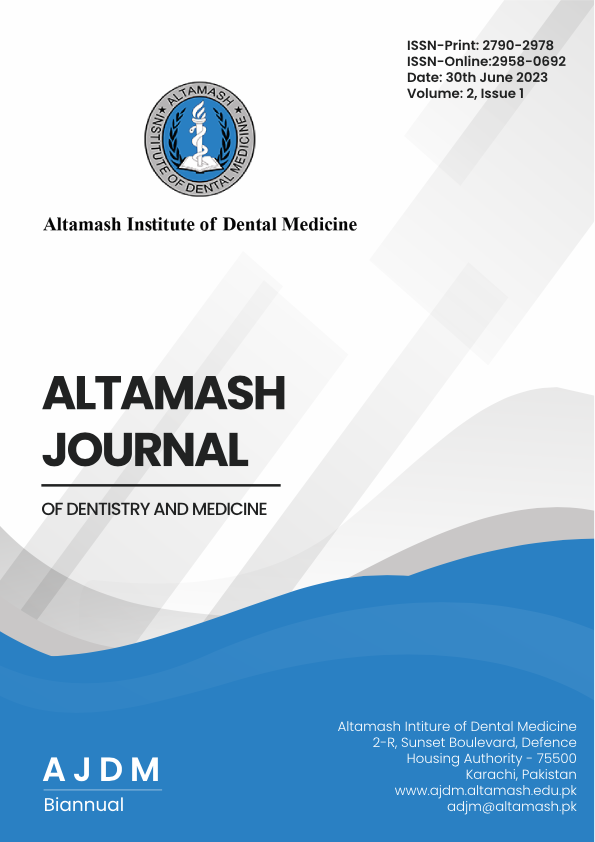The Effectiveness of Mirror Therapy on Lower Extremity Motor Function among Stroke Patients: A Review
Keywords:
motor function, Mirror therapy, Exercise, Stroke, stroke patientsAbstract
Abstract.
Background: Lower-extremity motor (LEMF) function is considerably reduced following stroke, resulting in functional mobility limitations. Exercise is typically used in the weeks after a stroke for people with hemiparesis. This review aimed to investigate the effect of mirror therapy (MT) on LEMF in stroke patients. Methods: The papers in this review were chosen by two authors (S.B.A.M and H.A.A) independently to identify the available data and to evaluate thoroughly between 2007 and 2020. Results: In this review, eight papers were identified based on the pre-determined inclusion and exclusion criteria. The results of the study revealed that MT significantly improved LEMF and recovery. The improvement in mobility in subacute stroke patients is more prominent, particularly enhanced walking speed and LEMF in stroke patients. Conclusion: When compared to Cg in the stroke patient, MT was demonstrated to be a beneficial and risk-free intervention for improving walking velocity, balance capacity, motor function, passive range of motion (PROM) for ankle dorsiflexion and step length.

Downloads
Published
How to Cite
Issue
Section
License
Copyright (c) 2023 ALTAMASH JOURNAL OF DENTISTRY AND MEDICINE

This work is licensed under a Creative Commons Attribution-NonCommercial 4.0 International License.
Altamash Journal of Dentistry and Medicine is an open-access journal and is licensed under CC BY-NC 4.0. which permits unrestricted non-commercial use, distribution, and reproduction in any medium, provided the original work is properly cited.
To view a copy of this license, visit https://creativecommons.org/licenses/by-nc/4.0 ![]()





